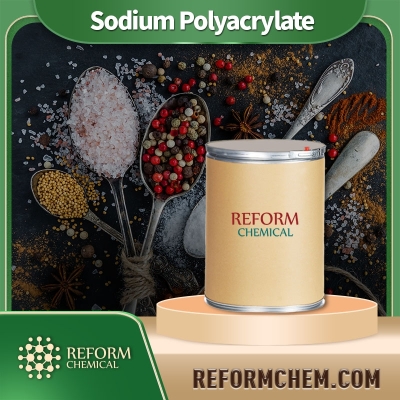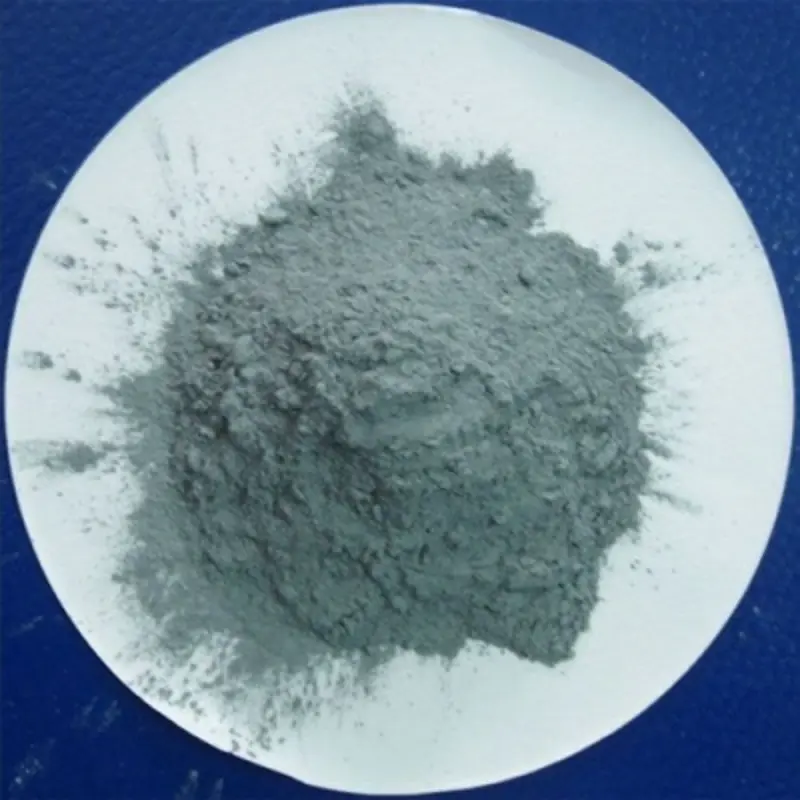-
Categories
-
Pharmaceutical Intermediates
-
Active Pharmaceutical Ingredients
-
Food Additives
- Industrial Coatings
- Agrochemicals
- Dyes and Pigments
- Surfactant
- Flavors and Fragrances
- Chemical Reagents
- Catalyst and Auxiliary
- Natural Products
- Inorganic Chemistry
-
Organic Chemistry
-
Biochemical Engineering
- Analytical Chemistry
-
Cosmetic Ingredient
- Water Treatment Chemical
-
Pharmaceutical Intermediates
Promotion
ECHEMI Mall
Wholesale
Weekly Price
Exhibition
News
-
Trade Service
Calcium β-hydroxy-β-methylbutyrate (CaHMB) is a naturally occurring compound that has been shown to have a number of potential health benefits, including improved muscle function and reduced muscle wasting.
As a result, it has become a popular ingredient in many dietary supplements and other nutritional products.
There are several ways to synthesize CaHMB, and the specific method used can depend on a variety of factors, including the desired purity of the final product, the cost of raw materials, and the scale of production.
Some of the most common synthetic routes for CaHMB include:
- Microbial fermentation: This is a common method for producing CaHMB, as it allows for the production of high purity material in large quantities.
The process typically involves the use of a microorganism, such as Escherichia coli, which is genetically engineered to produce CaHMB.
The microorganisms are grown in a nutrient-rich medium, and the CaHMB is extracted from the culture broth. - Chemical synthesis: This method involves the use of chemical reactions to produce CaHMB.
It can be challenging to achieve high purity levels with this method, but it can be useful for producing small amounts of material for research or clinical applications. - Biotransformation: Biotransformation involves the use of enzymes to convert one compound into another.
In the case of CaHMB, this method involves the use of enzymes to convert a starting material, such as β-hydroxy-β-methylbutyric acid (HMB), into CaHMB.
The process can be carried out using microorganisms or yeast, and the CaHMB can be extracted from the cell culture.
Overall, the choice of synthetic route for CaHMB will depend on the specific needs and goals of the manufacturer.
Regardless of the method used, it is important to ensure that the final product is of high purity and meets all relevant regulatory standards.




![Aluminum, [(2E)-2-butenedioato(2-)-κO1]hydroxy- Al-Fum](https://file.echemi.com/fileManage/upload/goodpicture/20230919/ibrutinib-high-quality_b20230919163357076.jpg)


